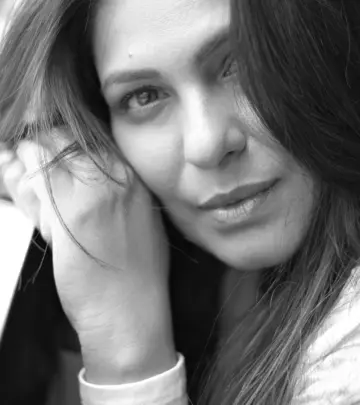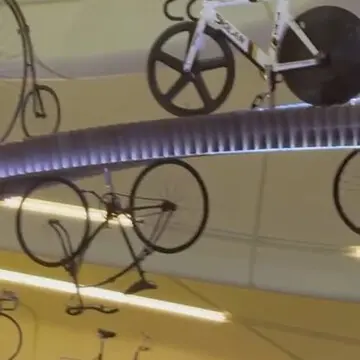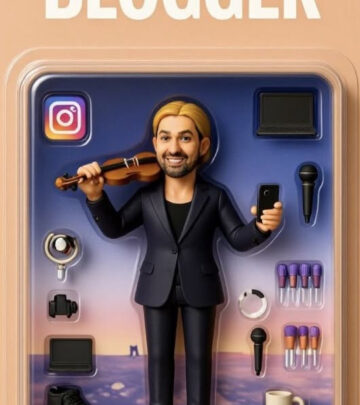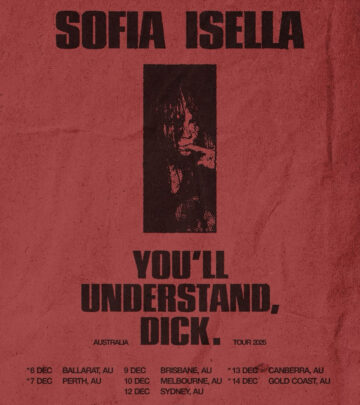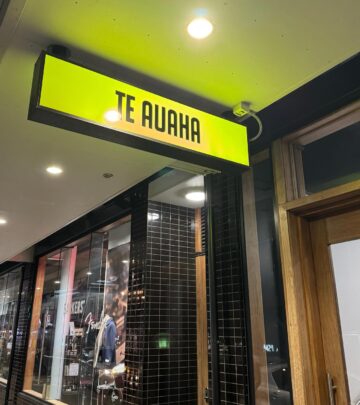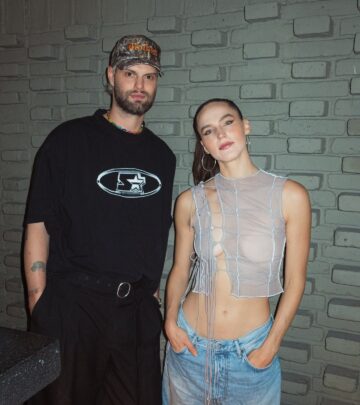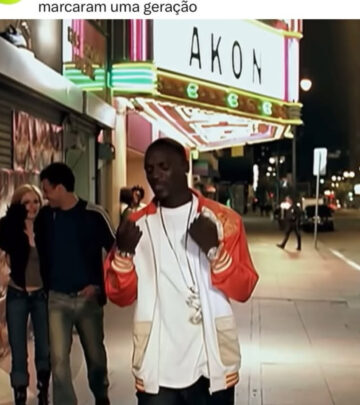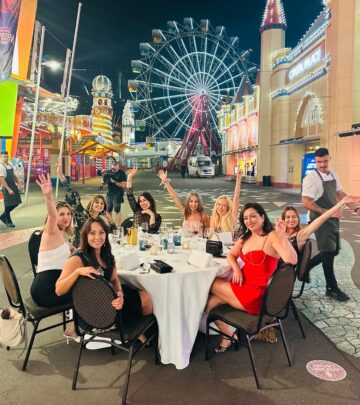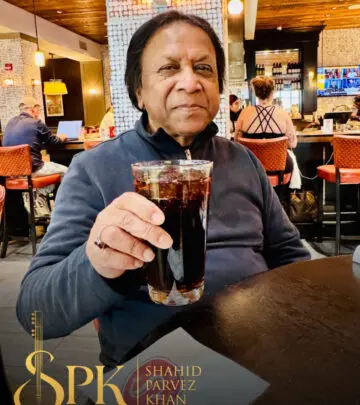Fuji Porta Effect: Vintage Vibes in Photography
Embracing warm hues and nostalgic charm, the Fuji Porta effect reimagines vintage photos.
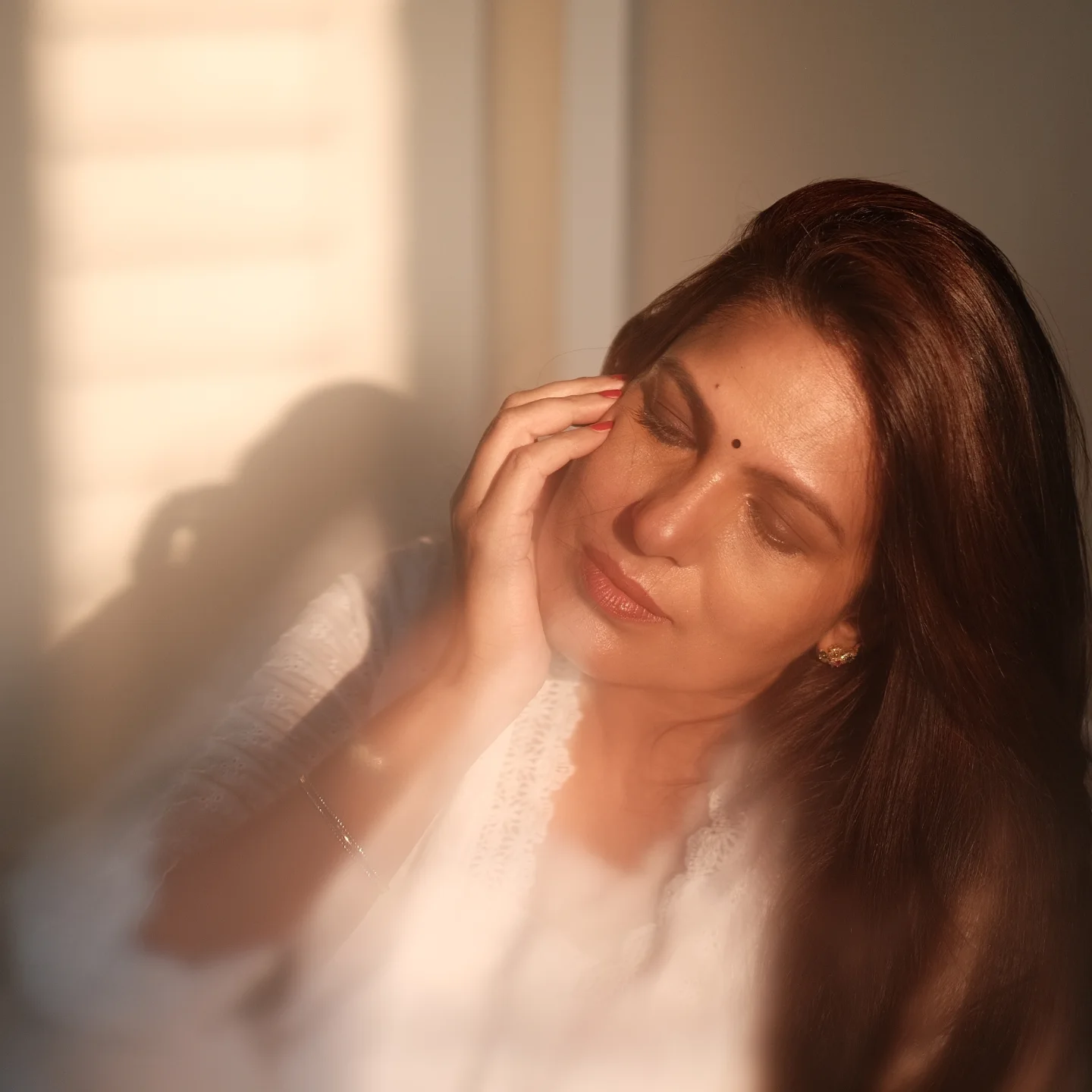
Image: Instagram
In an age of ever-evolving digital aesthetics, a vintage twist has found its way back into the spotlight. The Fuji Porta effect, renowned for adding a little vintage colour, a touch of warmth, and a hint of melancholy to images, is making a stylish comeback that is capturing the hearts of photography enthusiasts worldwide. One recent Instagram post encapsulated this trend perfectly, noting that the effect makes a picture feel as though it’s breathing with life.
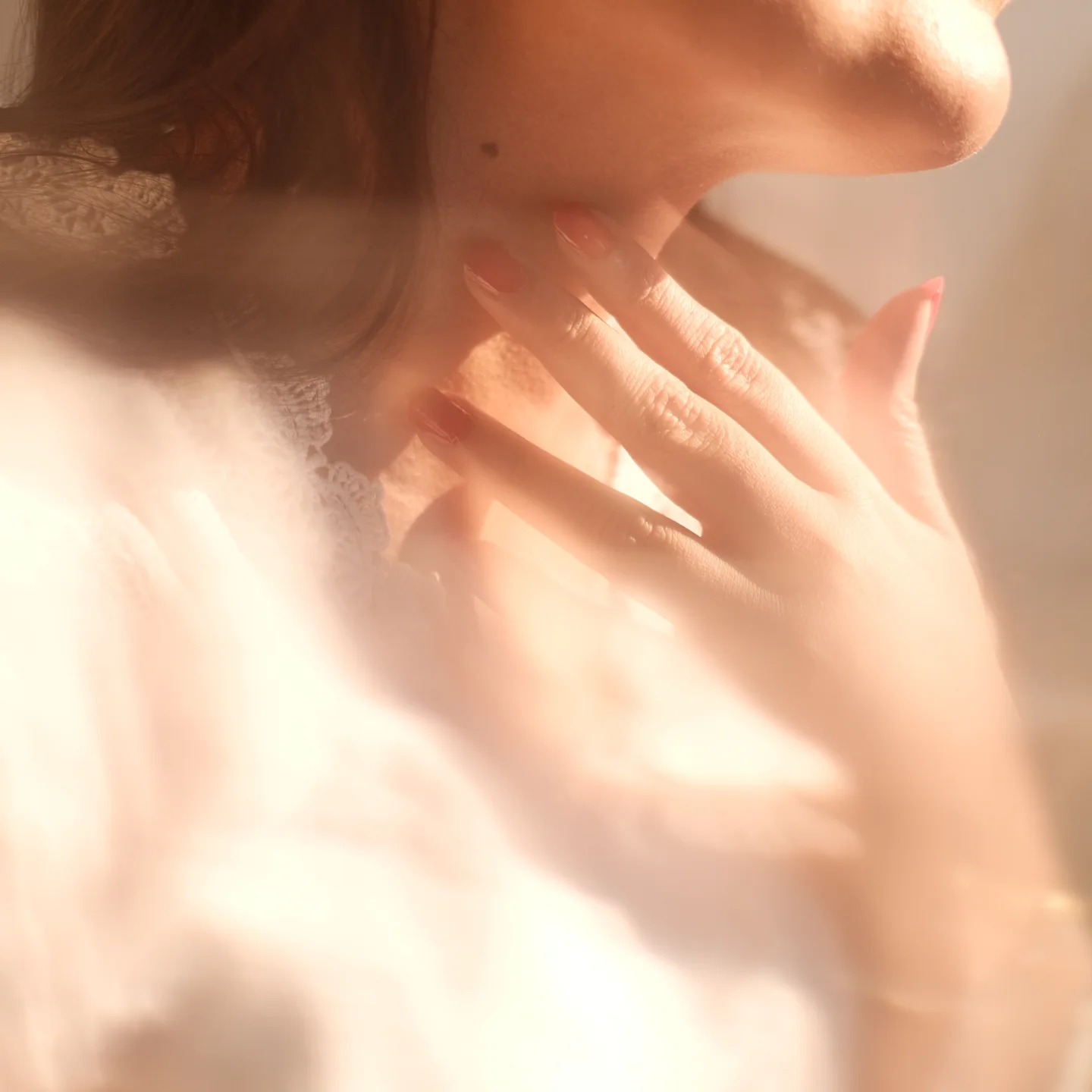
A Nostalgic Revival
The post, which praised the Fuji Porta effect, emphasizes its ability to inject a soft, inherent feeling into every captured moment. The writer’s straightforward expression—”I quite like it. Fuji zindabaad!”—reveals a genuine appreciation for a tool that lends images a unique personality. In an era dominated by overly edited pictures, this emphasis on natural warmth and vintage appeal is a refreshing reminder of the beauty embedded in simplicity.
Many modern photographers have gravitated toward visual styles that evoke memories of bygone eras. With its subtly washed-out colours and gentle contrast, the Fuji Porta effect transports viewers to a time when film ruled and every snapshot told a story. The process creates images that are not only visually captivating but also emotionally resonant, with every hue and shadow speaking their own silent narrative.
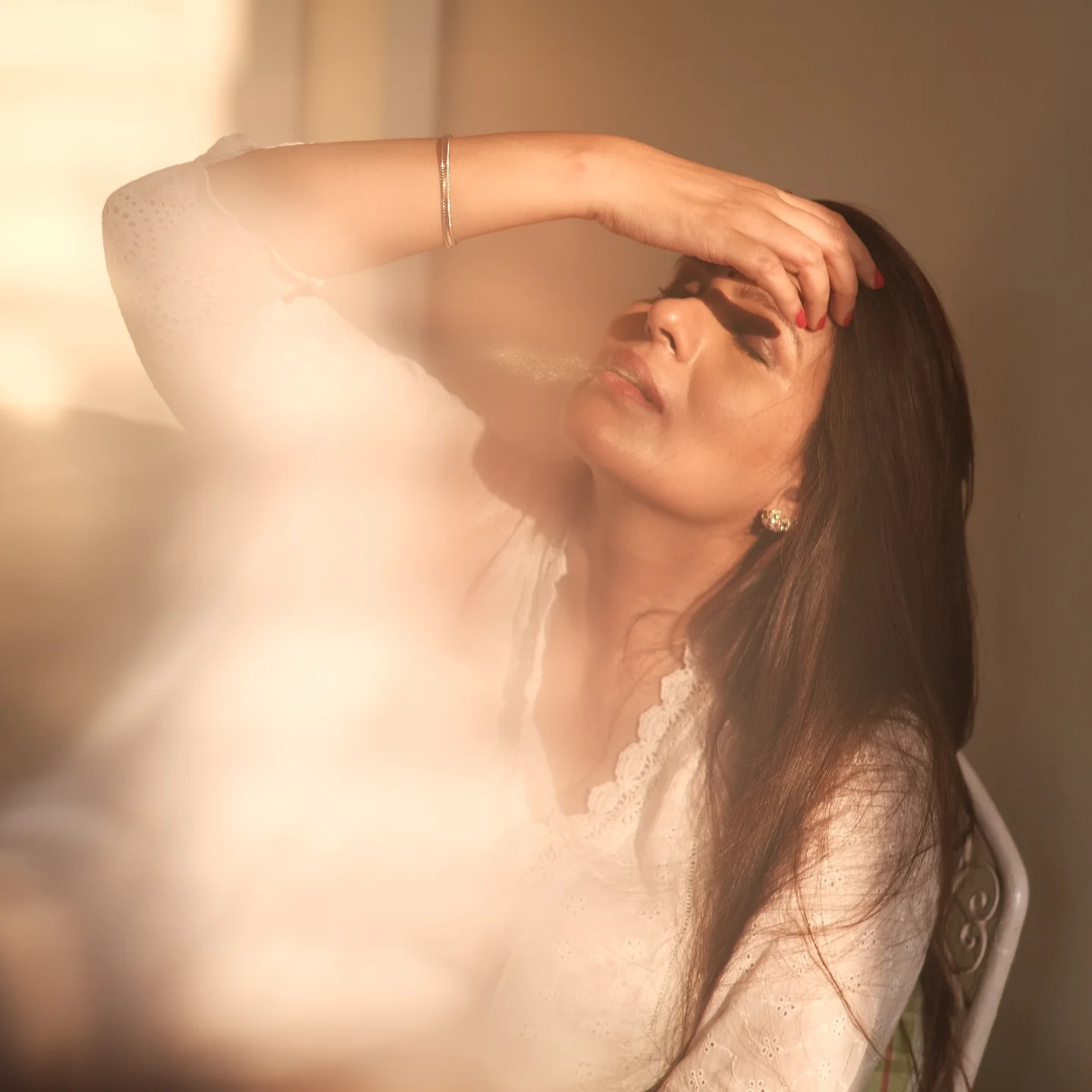
Frames Unfiltered And The Art Of Authenticity
In the world of digital storytelling, where perfection often overshadows personality, authenticity is fast becoming the new norm. The Instagram post includes gratitude to @frames_unfiltered, a nod that resonates strongly in the photography community. Collaborations like these underscore a commitment to capturing moments as they are, unfiltered and real. The director of this creative dialogue explains that the magic lies in the amalgamation of vintage tones and a modern aesthetic.
With a simple yet impactful caption, the post invites viewers to appreciate photography in its rawest form. The gentle sepia shades and soft lighting create a look that is simultaneously timeless and modern, and those who have long celebrated the aesthetics of films past are quick to fall in love with this revived trend.
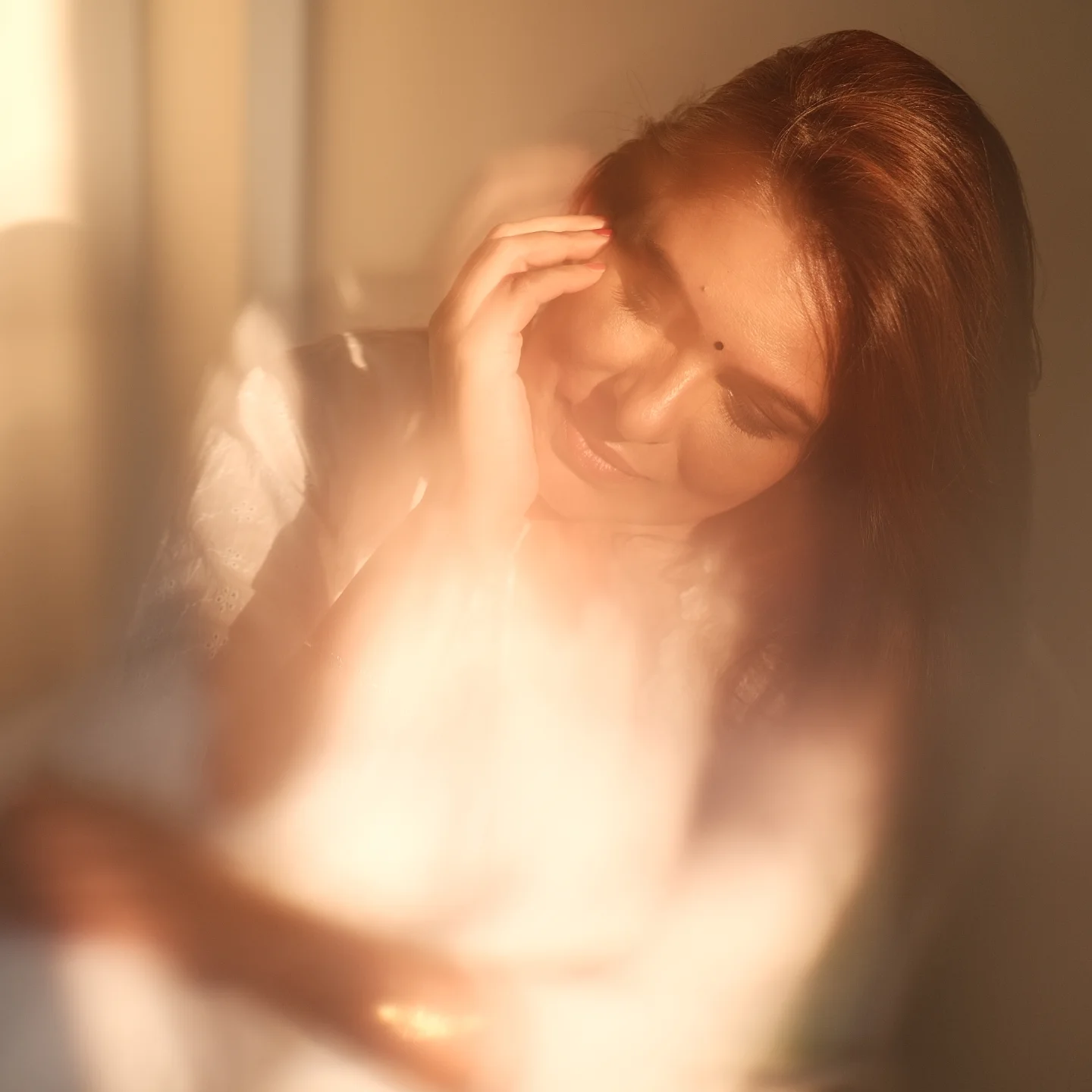
Celebrity Influence And Modern Style
Notably, the renowned celebrity Ekavali Khanna, also known by her Instagram handle @echoinsta, has joined the movement and used this technique to further accentuate her personal style. Known for her refined taste and eclectic visual presentations, Khanna’s embrace of the Fuji Porta effect has only amplified its popularity among both fans and fellow celebrities. Her photos, which naturally exude elegance and warmth, beautifully integrate the vintage flavour of the effect, making a statement on how classic styles can be seamlessly woven into modern narratives.
This trend situates itself perfectly in today’s culture, resonating not only with photography purists who cherish the nostalgia of film but also with a younger audience that loves retro aesthetics. The embrace of this look within the celebrity realm—and through social media influencers—has sparked discussions across digital platforms. Conversations are buzzing about how such visual effects have revived the lost art of candid storytelling and created a bridge between the past and the present.
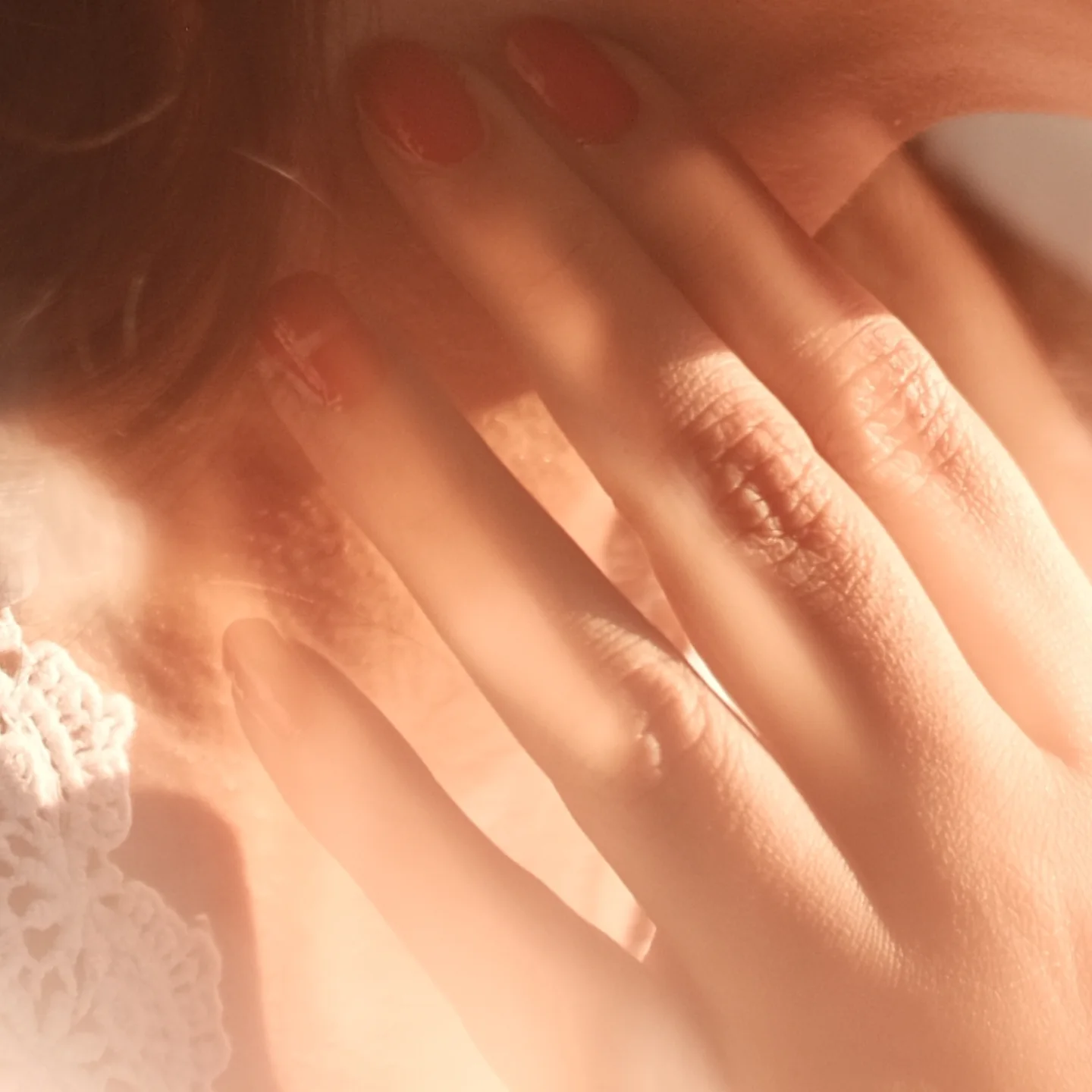
The Technique Behind The Magic
At its core, the Fuji Porta effect is celebrated for its simplicity and distinctive warmth. Unlike many modern digital filters that can easily overwhelm a subject, this effect merely enhances what is already present in the frame. By adding subtle undertones of sepia and softening harsh contrasts, it gives photos a dreamlike quality—a feeling of quiet introspection that encourages viewers to look deeper. Photographers who employ this technique often mention that it not only enriches a photograph but also amplifies the emotion captured within that moment.
The charm of this effect lies in its balance. It does not mask imperfections but artfully accentuates them, allowing the viewer to experience the emotion embedded in every photograph. Whether it is a portrait of a thoughtful celebrity, a candid street scene, or a well-curated image from a fashion shoot, the Fuji Porta effect transforms ordinary snapshots into pieces of evocative art. This artistic touch has seen a surge in popularity as many creative professionals seek to incorporate unconventional techniques into their visual storytelling.
A Contemporary Take On A Classic Look
What makes the Fuji Porta effect especially appealing today is its versatility. The trend is not limited to professional settings; it has also found a place among amateur photographers who appreciate an aesthetic that blends modern technology with the romance of analog film. The effect works equally well for images taken outdoors, under natural sunlight, or even in urban settings where the interplay of light and shadow can evoke nostalgic memories.
The conversation surrounding this effect is a testament to the enduring allure of vintage photography. The resurgence of interest in analog aesthetics, driven by platforms like Instagram and echoed by style icons such as Ekavali Khanna, signals that traditional visual storytelling continues to hold sway in the era of digital immediacy.
As more photographers and enthusiasts experiment with this iconic style, the Fuji Porta effect reinforces that sometimes, the simplest techniques can have the most profound impact. It stands as a reminder that art is not about perfection, but rather about the emotion, authenticity, and timeless beauty that each image carries.
The trend, bolstered by endorsements from influential figures in the digital space, illustrates a seamless blend of heritage and modernity—a celebration of the old and the new, united under the banner of creative expression. By embracing such a style, today’s artists are not only paying homage to the pioneers of photography but are also paving the way for innovative future expressions that continue to challenge and enrich the art form.
Read full bio of Preeti Jha



